The Banao Wildlife Reserve in Sancti Spiritus, Cuba
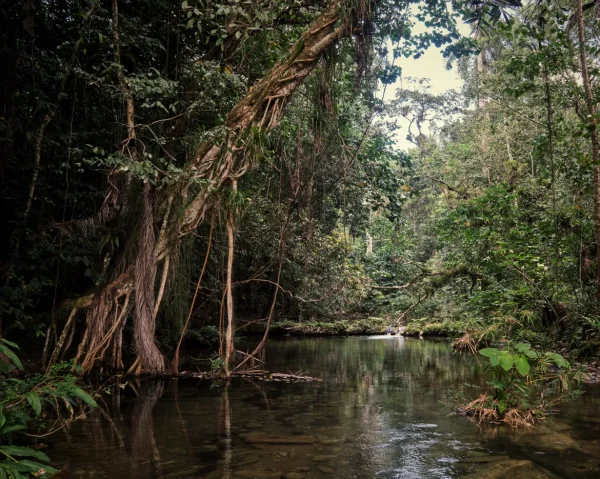
Text & photos by Nester Núñez (La Joven Cuba)
HAVANA TIMES – My phone alarm has just gone off and I open my eyes. Even though I recognize this ceiling and the four walls are the same ones that have given me shelter over the past few years, I feel lost. I get out of bed in robot mode, I wash my face, check the fridge, look out the window at the grey buildings and the street…
When I’m ready to strain the coffee, the salamander that lives behind the kitchen cabinet comes out of her hiding place. I watch her move. She looks at me too. I don’t make any sudden movements. The salamander isn’t afraid. We stay like this for awhile until she slowly turns around and shoots off to catch an insect I can’t make out. I smile because I think she caught it, and because I realize that this trip to Banao has stirred instincts in me that were once dormant.
The Lomas de Banao Wildlife Reserve is located in Macizo de Guamuhaya, 20 km away from Sancti Spiritus city. As soon as you get off the truck, you can see the great endemism of its flora and fauna. There are nearly twenty of us, almost all of us photographers in love with Nature. It’s some people’s second visit. I’ve come to take a holiday more than anything else, to get away from the city. I don’t have the equipment to take photos of birds in flight or any great close-ups. Some landscapes, at most. I leave my backpack on a bench and walk around. I’ll look for somewhere to set up my tent a bit later.
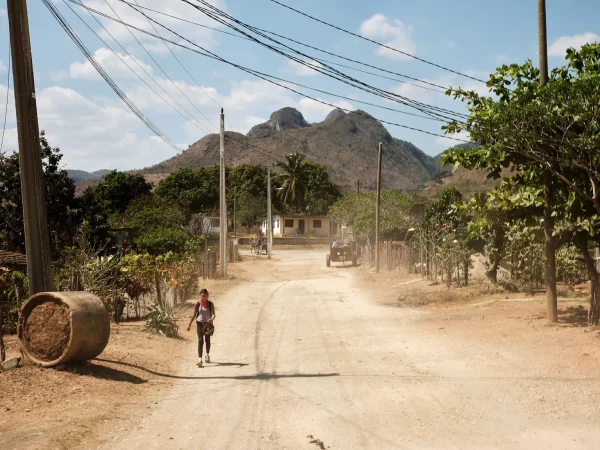
I move away along footbridges on the side until I find a trail that leads me to the La Bella waterfall. As it hasn’t rained in a while, the water is super transparent. I sit on the edge of a pool, on the roots of a tree, and contemplate, relax. I think for a moment that it would be nice to share this adventure with my children. As it’s impossible, I immediately dismiss the idea. I even take my phone out of my pocket and put it in the camera bag: I won’t send them photos. Plus, there isn’t a lot of reception. This is my time, time I need for me, I tell myself.

Walking through the forest is looking for which stone you step on, which dry branch you avoid, and the best place to cross a stream. It’s also managing your energy, breathing with your diaphragm if you go up a steep hill, and never getting exasperated. It’s six kilometers to the La Sabina biological station, but there’s no rush. Mules will take our baggage.
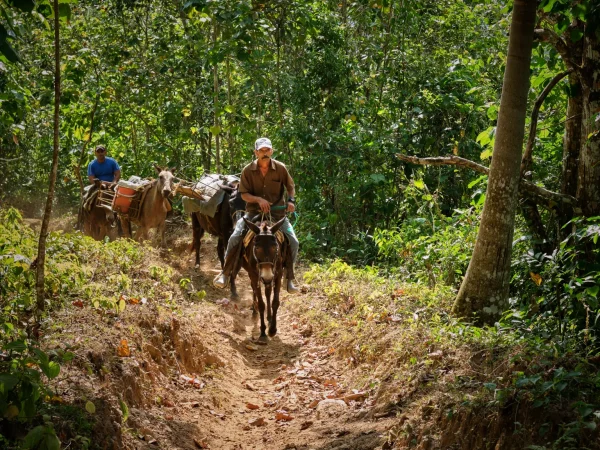
The guide sets the pace, his pace, because we look at everything on our way. The group separates a little. Everyone is going after their own photo. I see Cuban todys, Cuban green woodpeckers, bee hummingbirds and so many other birds I don’t know the names of.
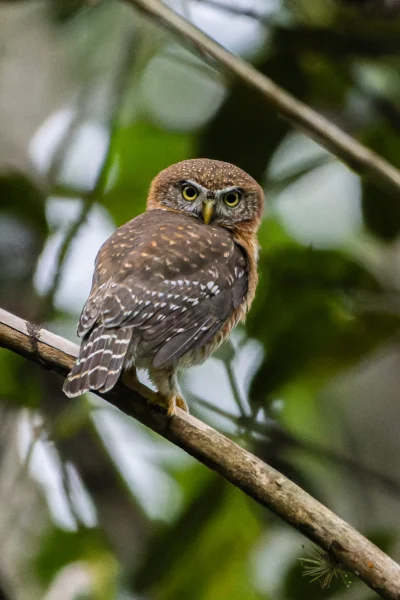
I’ve become confident so I step away from the path. I go about 100 meters down towards the river. I go alone. I know I shouldn’t. I tell myself I have to be twice as careful. I think about my mother, the sea and Marti’s poetry. I know that it doesn’t matter if the water is fresh or salty: it’s the water that’s calling to me.
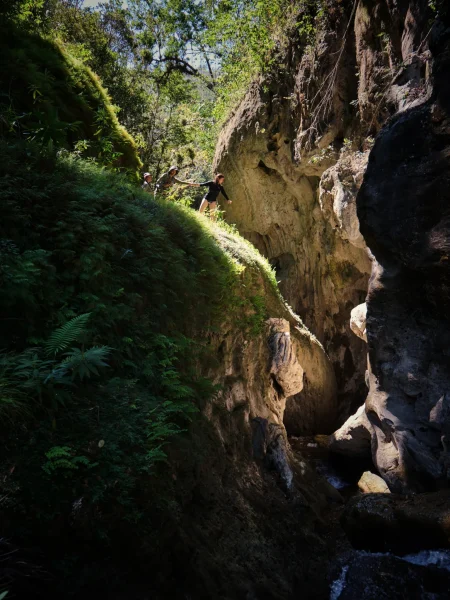
The river runs between two mountains, becoming more and more narrow, as if it were in the middle of a funnel. I walk around it looking up, at the peaks, and I get dizzy thinking about how tiny I am right now amidst this perfect Nature. My forty-something years vs. centuries of this spot. The water is falling at the waterfall, like Time, clarifying how transitory human life is. What was my hardship before coming here? What was I worrying about? A tree that has half of its roots out of the ground has managed to survive.

The rocks are slippery with mud. The river disappears in front of my eyes just a few meters up ahead. I put my camera in a safe place and get down on my hands and knees, looking for the edge. It’s the waterfall. It’s one of these barriers that give you only one option: look for a new path. I take the photo that will never capture everything I’m feeling and I decide not to go back along the set path. I prefer to head uphill, in search of the peak.
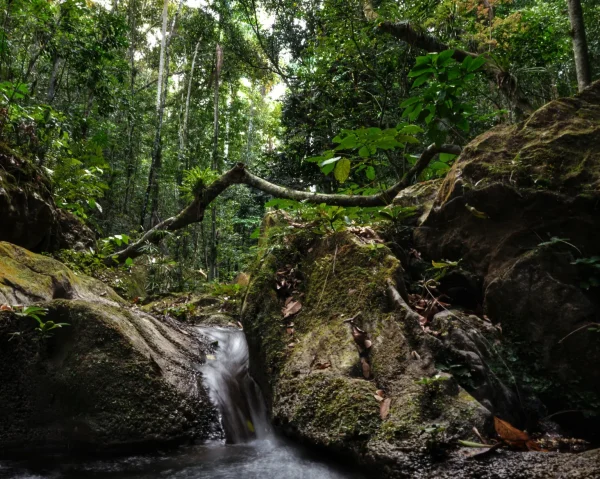
Onelio and his brother welcome us at Maria Antonia’s home, halfway. They put roasted coffee in a basin, they make coffee the old way, with a strainer, and not a coffee pot. I drink it without honey or sugar, like I always do. They are good people in Banao. They’ve spent their whole lives here. A pig gets away and they walk kilometers looking for it, as if it were nothing. Onelio’s brother has a daughter living abroad. The other daughter has just left too, thanks to the Parole program.
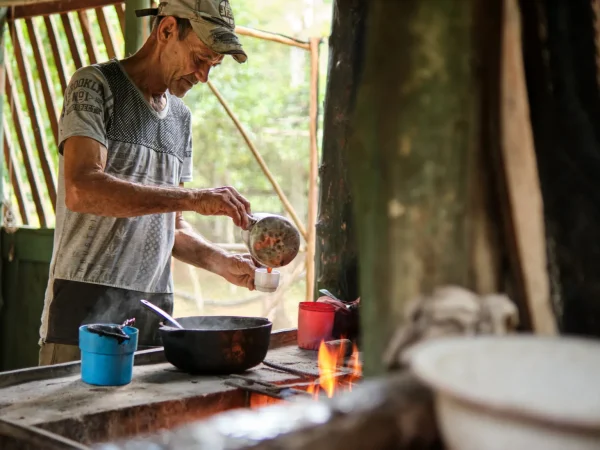
The Hoyos del Naranjal family left Holguin almost twenty years ago. They’ve spent five years in this place and say that they are thinking about going back. Maybe before December. Twenty-eight-year-old Junior is the youngest. He had a girlfriend from Banao, but the relationship ended. “It isn’t easy being here alone,” he says. To change the conversation, I ask him about a horse with a blonde mane that I saw grazing nearby. It’s the mare that belongs to my ex-father-in-law,” he says. “I have to go and give it back to him.”
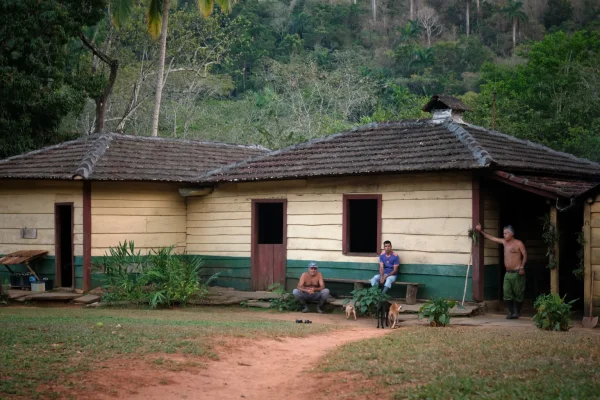
I woke up in my bed today disorientated, lost, until I saw the salamander hunting for her food. I also saw my neighbor’s mango bush from the window, in full bloom, and a couple of bees flying around. Then, I sat down to have a look at the photos I took and other ones the photographers uploaded to the WhatsApp group we set up. The scales on the Cuban knight anole remind me of dinosaurs, that Time passes by without us realizing, and I can see the water continue to fall deep in his eyes.
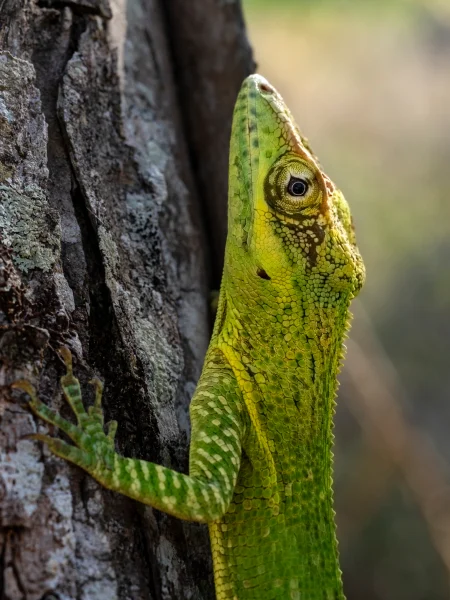
I saw a spaceship in the form of a green scarab. I traveled to galaxies from there, to my negatives, to the friend that says we are a grain of nothing within the limits of the universe, as he prepares a ham and cheese sandwich for a hungry tourist at a hotel in Varadero.
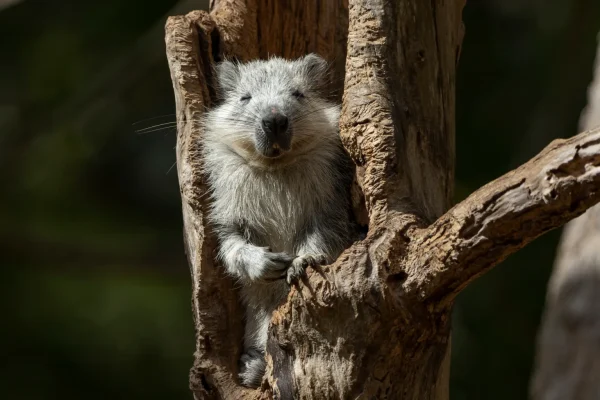
Then, I take a deep breath with the feeling that I’ve brought the most important thing from my week-long trip in Lomas de Banao with me back to the city: the calm and reflective attitude, peace, fantasy, and beauty, which are all much needed to live in Cuba today and always, and anywhere else in the world.





